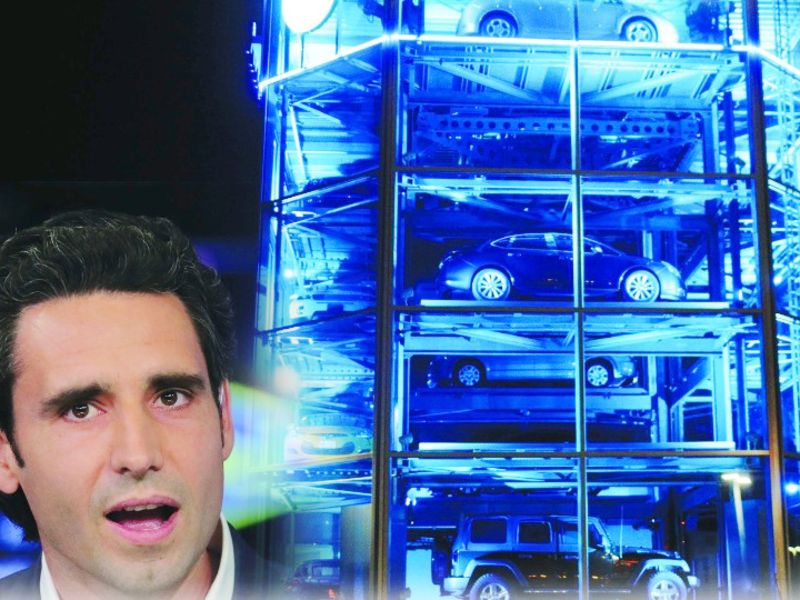
Having enough used vehicles to sell has been a challenge for most auto retailers in 2021, even those such as Carvana with national supply chains.
CEO Ernie Garcia said the digital used-vehicle retailer has been struggling to get its inventory sale-ready since the coronavirus began spreading in the U.S. last spring.
“We pulled back massively, operationally, early in the pandemic, and then demand came racing back,” Garcia said in an installment of Automotive News’ Congress Conversations series, which aired Thursday, April 22.
Then, through three successive waves of the pandemic, it was difficult for Carvana to ramp up its reconditioning capacity and subsequently have enough sale-ready cars and trucks on its website to keep up with demand.
The company said in its fourth-quarter letter to shareholders that sales outpacing reconditioning drove sale-ready inventory down from about 25,000 vehicles to about 10,000 since the onset of the pandemic. The company remained constrained into the first quarter, with sale-ready inventory on its website down about 50 percent in January year over year.
Carvana has said it will add two reconditioning centers this year to its current roster of 11 and another eight in 2022.
As of late, the company has been able to increase its turnaround of sale-ready vehicles, Garcia said. But tax return season and government stimulus have effectively fanned the flames of already high demand.
“If you look at our inventory levels, it looks like we’ve made no progress, but we’ve been growing our sales very, very quickly,” Garcia said. “So we’ve had to grow our underlying production capacity at the same speed of sales in order to hold our inventory at low levels. And our hope is that in the relatively near future, we’ll start to outproduce our sales and be able to build inventory back up to where we want it to be.”
Garcia added that the company is “not really” concerned about the situation, and Carvana feels good about its reconditioning plan.
“Do we wish we had more inventory today? Absolutely,” he allowed, adding that it would help deliver a better customer experience.
Some dealers have said Carvana has been aggressively paying for wholesale vehicles at auction, which Garcia addressed in his remarks.
“I think, for a long time, we’ve heard rumblings that we’re a dumb buyer of cars, and maybe to some degree we are,” he laughed. “But I don’t think that that plays out in the data.”
Garcia noted that Carvana’s quarterly reports show how it has performed on margins. Gross profit per vehicle grew by $400 to $3,252 in 2020, according to its fourth-quarter results. It expects total gross profit per vehicle — including retail, wholesale and other gross profit — to be in the mid-$3,000s this year.
But another factor that could lead to the perception that Carvana is paying hefty amounts for inventory is that wholesale vehicle prices have been appreciating “very, very quickly,” Garcia noted.
Also, the company has a national distribution network.
“Sometimes we’re paying more for a car in a certain market than might make sense in that market, but it makes sense once you put it on the website and you ship it to another market,” he said.
Asked about competition from new digital used-vehicle retailers, which seem to be joining the fray more frequently, Garcia said it’s inevitable given Carvana’s success so far.
He said that regardless of where the competition comes from, Carvana aims to remain focused.
“It’s very, very easy for competitive companies to chase each other in circles and not run in the direction that their customers really want them to run,” he said. “And so we try to stay really focused on our customers and not get into that game of chasing each other in circles.”